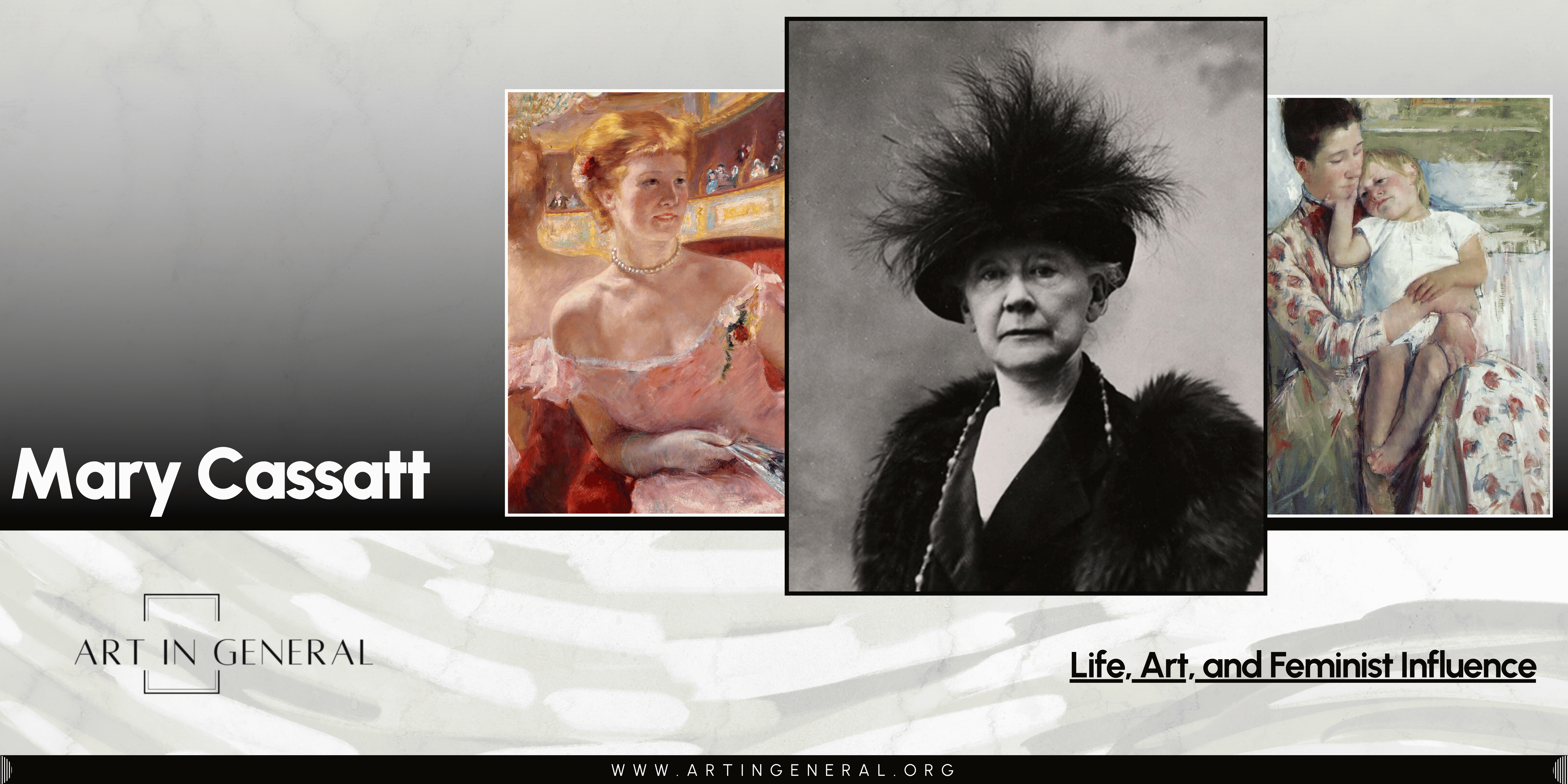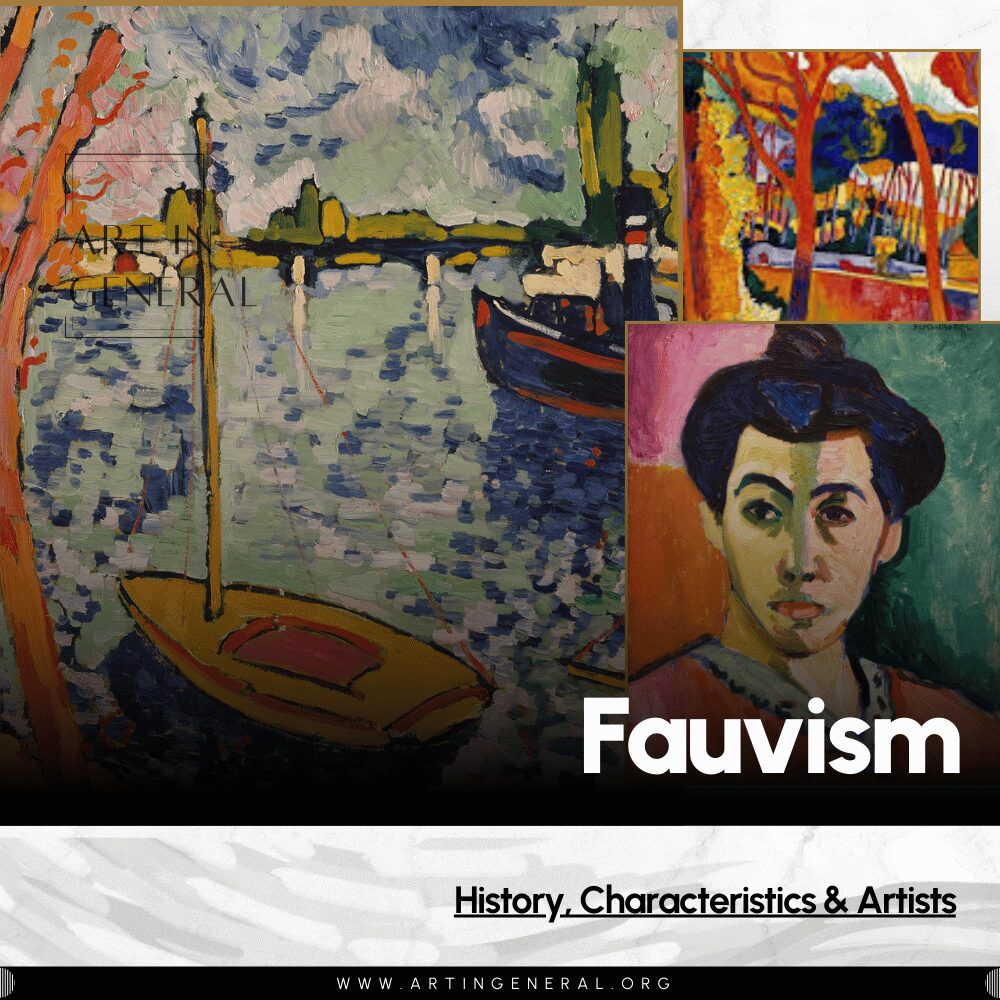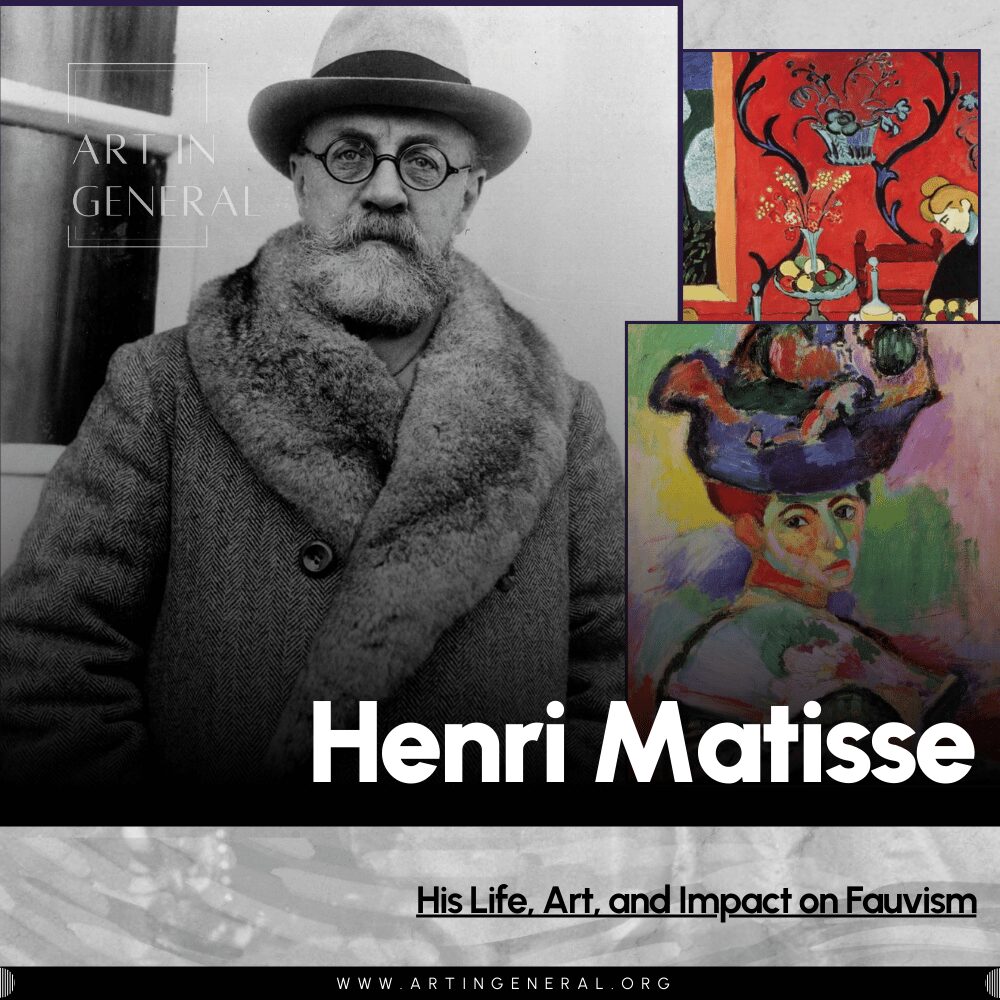

Who Was Mary Cassatt?
Mary Cassatt (1844–1926) was an American painter and printmaker who became one of the most prominent female artists of the 19th century. A key figure in the Impressionist movement, Cassatt is renowned for her depictions of women and children, offering intimate, tender portrayals of domestic life. Her work not only contributed to the artistic developments of her time but also helped shape the role of women in art, both as subjects and creators. Cassatt’s legacy endures as an influential force in feminist art history.
Early Life and Education
Mary Stevenson Cassatt was born on May 22, 1844, in Allegheny City, Pennsylvania (now part of Pittsburgh), into a well-to-do family. Her father, a successful businessman, and her mother, who came from a banking family, provided her with a privileged upbringing that included travel and exposure to European culture. Cassatt’s family valued education, and she had access to a wide range of cultural experiences from an early age, which helped shape her intellectual and artistic development.
By the age of 16, Cassatt had decided to pursue a career in art, a path uncommon for women in her social class at the time. In 1860, she enrolled at the Pennsylvania Academy of the Fine Arts in Philadelphia, one of the few institutions that admitted female students. However, she grew frustrated with the slow pace of instruction and the patronizing attitudes toward women artists. Determined to refine her skills, Cassatt moved to Europe in 1865 to study the Old Masters firsthand, a bold move for a young woman of her era.
What Did Mary Cassatt Paint About?
Mary Cassatt’s work is primarily centered on the lives of women, particularly mothers and children. Her art is characterized by its intimate and sensitive portrayal of domestic scenes, focusing on moments of motherhood, family, and the everyday lives of women. Unlike many male artists of the time, Cassatt’s depictions avoid idealization and instead reflect the real, emotional connections between mothers and their children.
Cassatt’s paintings often emphasize the dignity and strength of women in domestic settings, providing a counter-narrative to the traditional portrayal of women as passive subjects in art. Her use of light, color, and brushwork imbues these moments with a sense of immediacy and emotional depth, making her work a powerful exploration of womanhood and family life.
Mary Cassatt and the Impressionist Movement
Mary Cassatt’s artistic career reached a turning point in 1877 when she was invited by Edgar Degas to join the circle of Impressionist artists in Paris. Degas admired Cassatt’s work, particularly her ability to capture everyday life with a keen observational eye, and the two developed a strong professional relationship. Joining the Impressionists allowed Cassatt to break away from the traditional, academic art world, which often sidelined women artists. The Impressionists, in contrast, welcomed her contributions and appreciated her fresh perspective.
Cassatt’s involvement with the Impressionist movement profoundly shaped her artistic development. She began to experiment more boldly with color, light, and composition, embracing the movement’s focus on capturing modern life. Like her peers, she sought to portray the fleeting moments of contemporary life, particularly in domestic settings, using loose brushstrokes and vibrant colors. Her works from this period show the influence of Japanese prints, which were widely admired by the Impressionists for their innovative use of perspective and flat areas of color. This influence is particularly evident in Cassatt’s later prints and pastels, which often feature strong outlines and striking color contrasts.
Cassatt exhibited her work with the Impressionists in several of their group exhibitions, where her depictions of women and children garnered critical attention. While many critics at the time were slow to appreciate the radical techniques of the Impressionists, Cassatt’s work was often praised for its grace and sensitivity. Her pieces were distinct for their focus on the private lives of women, a subject that male Impressionists typically avoided.
Key Works and Techniques
Throughout her career, Mary Cassatt produced a range of iconic paintings, pastels, and prints. Some of her most celebrated works include:
“The Child’s Bath” (1893)

One of Cassatt’s most famous paintings, this piece exemplifies her focus on the theme of motherhood. It depicts a mother bathing her child in an intimate, everyday moment. The composition, with its cropped perspective and attention to pattern and color, reflects the influence of Japanese woodblock prints. The gentle realism and emotional warmth of the scene demonstrate Cassatt’s ability to capture the bond between mother and child.
“Mother and Child” (1890)

Another masterpiece from Cassatt’s extensive body of work focusing on maternal subjects. The painting presents a calm and tender moment between a mother and her child, featuring soft, pastel-like colors and delicate brushwork. The attention to detail in the expressions and postures reflects Cassatt’s mastery of capturing nuanced emotional relationships.
“Woman with a Pearl Necklace in a Loge” (1879)

In this painting, Cassatt explores the theme of women in public spaces, depicting a fashionable woman in a theater box. This work showcases her technical skill in handling light and color, as well as her interest in depicting modern women navigating the social spaces of the time.
Cassatt’s techniques were innovative in their attention to the interior, private world of women. She rejected the grand historical or mythological themes that dominated the art world at the time and instead focused on the real, often overlooked, experiences of women and children. Her work challenged the conventions of both subject matter and style, making her a pivotal figure in the development of modern art.
Giverny and the Water Lilies (Cassatt’s Relationship with Other Artists)
While Mary Cassatt didn’t live or work in Giverny, as her Impressionist peer Claude Monet did, she maintained a deep connection with other Impressionist artists, including Monet. Her shared emphasis on domesticity, personal connections, and modern life placed her among the leading voices in the movement. Cassatt’s contributions were essential to the growth and spread of Impressionism beyond France, especially in the United States, where her influence helped popularize the movement.
Personal Challenges and Health
Despite her success as an artist, Mary Cassatt faced several personal challenges throughout her life. As a woman in the male-dominated art world of the 19th century, she often struggled against societal expectations. Though she was independent and financially stable, Cassatt never married, choosing instead to focus on her art. Her decision to pursue a professional career was unconventional for a woman of her time, and she had to navigate the limitations placed on female artists. However, her determination and talent earned her a place among the leading artists of her era.
In her later years, Cassatt began to suffer from health issues, including a progressive loss of vision due to cataracts and diabetic retinopathy. By 1914, her condition had deteriorated to the point where she could no longer paint or draw. This was a heartbreaking development for Cassatt, who had dedicated her entire life to her art. Nevertheless, her earlier works continued to be celebrated, and her influence on the art world remained strong.
Legacy and Influence
Mary Cassatt’s contributions to the art world, particularly in the realm of Impressionism, are immeasurable. She was one of the few women to gain prominence in the movement, and her focus on the lives of women and children offered a new perspective that had previously been underrepresented in fine art. Her tender portrayals of motherhood and domesticity brought a level of emotional depth and realism that resonated with audiences.
Beyond her artistic achievements, Cassatt played a crucial role in bringing European art to American collectors. She encouraged wealthy American patrons to invest in Impressionist works, thereby helping to establish the movement’s international reputation. Her influence can be seen in the collections of many American museums, including the Metropolitan Museum of Art in New York and the Art Institute of Chicago.
Cassatt’s work also had a lasting impact on the role of women in the art world. As a successful female artist, she challenged the norms of her time, paving the way for future generations of women in the arts. Her focus on the private lives of women, especially mothers and children, also foreshadowed later feminist art movements that would explore themes of identity, motherhood, and the female experience.
Conclusion
Mary Cassatt’s life and work have left an indelible mark on the history of art. As a key figure in the Impressionist movement, she brought a unique perspective to the portrayal of women and children, creating emotionally resonant works that continue to inspire and captivate audiences today. Her legacy extends beyond her artistic contributions—through her role in promoting Impressionism in the United States and her trailblazing career as a female artist, Cassatt remains a pivotal figure in both art history and feminist art movements.
FAQ Section
Here are some of the most frequently asked questions about Mary Cassatt
Q: What is Mary Cassatt best known for?
A: Mary Cassatt is best known for her intimate depictions of mothers and children, as well as her contributions to the Impressionist movement.
Q: Did Mary Cassatt ever marry?
A: No, Mary Cassatt never married. She dedicated her life to her art and remained financially independent throughout her career.
Q: Where can I see Mary Cassatt’s paintings?
A: Cassatt’s works are housed in major museums around the world, including the Musée d’Orsay in Paris, the Metropolitan Museum of Art in New York, and the Art Institute of Chicago.





Leave a Reply